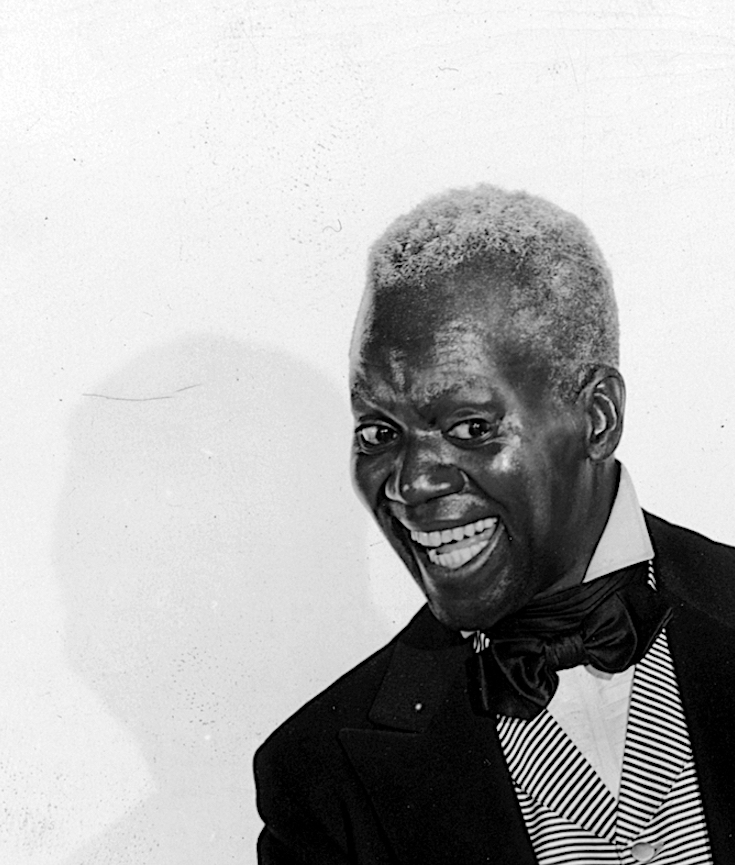Bill “Bojangles” Robinson, born on this day in 1878, was one of the early twentieth century’s most talented performers.
His career unfolded in the context of laws about how black performers could represent themselves on stage and who they could perform with. But Robinson’s talents and the salary he came to command allowed him to flout some of those conventions, at times helping to change them. Here are three things Robinson did that helped change the restrictions on black performers:
1. Performed Solo
According to author Constance Valis Hill, early in his career, Robinson, like other black performers, had to abide by the so-called “two-colored” rule of vaudeville. This rule stipulated that black performers couldn’t appear alone onstage. So Robinson teamed up with a number of other black vaudevillians, including George W. Cooper in 1902, Hill writes.
[mc4wp_form id=”6042″]
Blackface is a form of theatrical makeup used predominantly by non-black performers to represent a black person. The practice gained popularity during the 19th century and contributed to the spread of racial stereotypes such as the “happy-go-lucky darky on the plantation” or the “dandified coon”. In 1848, blackface minstrel shows were an American national art of the time, translating formal art such as opera into popular terms for a general audience. Early in the 20th century, blackface branched off from the minstrel show and became a form in its own right, until it ended in the United States with the Civil Rights Movement of the 1960s. (Wikipedia).

